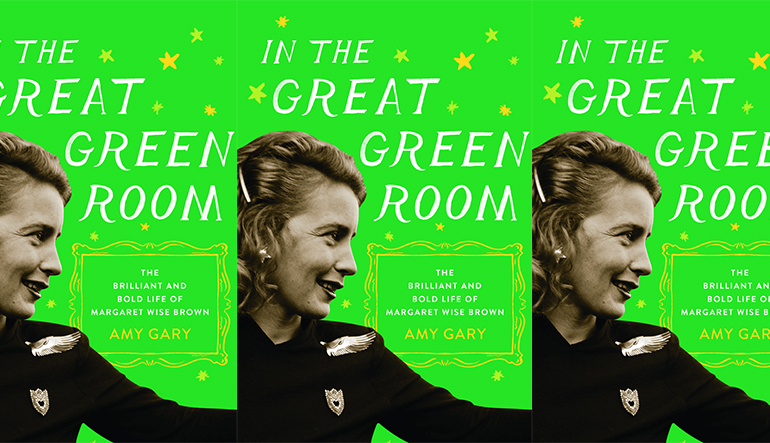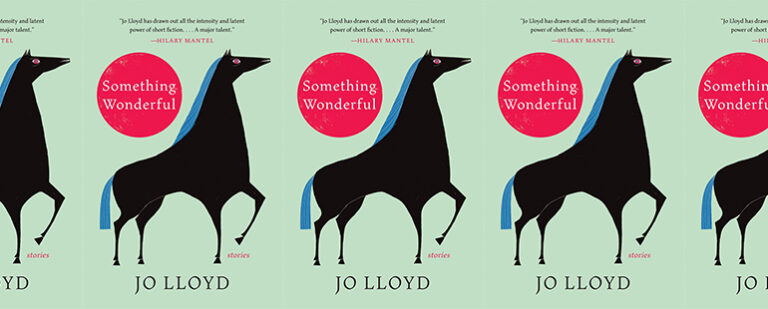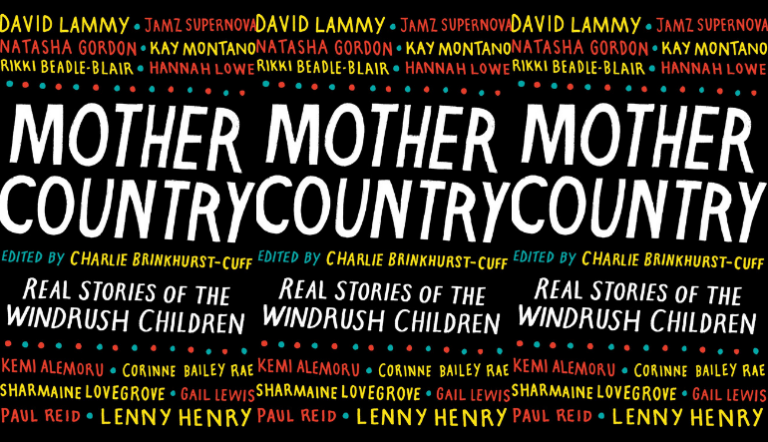Review: IN THE GREAT GREEN ROOM: THE BRILLIANT AND BOLD LIFE OF MARGARET WISE BROWN by Amy Gary
 In the Great Green Room: The Brilliant and Bold Life of Margaret Wise Brown
In the Great Green Room: The Brilliant and Bold Life of Margaret Wise Brown
Amy Gary
Flatiron Books; January, 2017
304 pp; $26.99
Reviewed by Aaron Sommers
A quick scan of my five-year old’s bookshelf confirms what I’ve always suspected: the little bunny stands alone.
Sandwiched between all her super-sized books featuring fairies, forests and far-away lands, is our tried-and-true copy of Goodnight Moon. It’s not her current favorite, nor is it one of the glossy, eye-catching ones, but it’s the only book she keeps returning to.
Children’s books are an exceptionally competitive genre, and no one understood this more than Margaret Wise Brown—the author of Goodnight Moon and the subject of Amy Gary’s In the Great Green Room: The Brilliant and Bold Life of Margaret Wise Brown.
Gary paints a blue picture of Brown’s childhood. Born in Brooklyn, she’s alone a lot, her parents are callous towards each other and distant with her. She appears to lack the profound needs of love, security and being at home that she would later articulate in the quiet poetry of Goodnight Moon.
Three years after graduating from college, Brown enrolls in the Bank Street’s Cooperative School for Student Teachers program. She’s fascinated by children, but entranced with language. Brown works hard to distill her observations at Bank Street into children’s rhymes, unsatisfied with the palatable, yet forgettable stuff that’s typically read to children. The result is a rhyming poem describing an anthropomorphic bunny’s bedtime ritual in a modern world. Brown manages to find an illustrator who can match her muted prose perfectly when she meets Clement Hurd. His illustrations in the book are both mysterious and extraordinary. In 1947, Goodnight Moon is published. The brass at Harper Collins are nervous Brown’s measured and melodic prose, printed in a no-frills font, lacks the broad appeal of a bestseller. They’re wrong. Sales grow slowly, but eventually the book becomes a bestseller (and a beloved classic). Brown resists suggestions to change the prose or layout for any future printings, and Gary does an admirable job teasing out the long editing process for Goodnight Moon and The Runaway Bunny. Both remain testaments for the author’s tenacity and her publishers’ patience.
In the Great Green Room is an eminently readable biography. The book sheds light on Brown’s creative process and unlikely sources of inspiration. Gary sheds new light on how Goodnight Moon was made, and in doing so we appreciate it even more.
Those with a gusto for the lurid will find the particulars of Brown’s life worthwhile. Although she was engaged to different men, Brown never married and remained childless. She had a long-time relationship with the former wife of John Barrymore and died at a young age. But these personal details are merely footnotes in Gary’s account. After all, it’s her accomplishments as a writer that makes her stand out—and I know at least one five-year old who will back me up on this.
Aaron Sommers is a writer living in New Hampshire. His fiction has appeared in The Berkeley Fiction Review and The Olive Tree Review, among others. There’s more about him at www.aaronsommers.com. He can be followed @aaronsommers.


